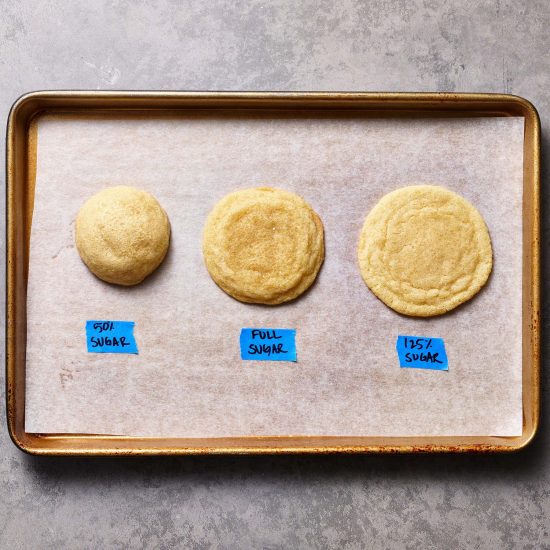
Everything You Need to Know About Sugar in Baking
This post may contain affiliate links. Read our disclosure policy.
A question I get asked frequently is, “Can I use less sugar in this recipe?”.
A common misconception about sugar is that its only role in baking is to add sweetness to a recipe. Sugar actually does a whole lot more in baking than most people know. In fact, reducing or substituting the sugar can create unexpected adverse results in your baking!
Let’s dive into the function of sugar in baking!
Quick disclaimer: this post is intended to give insight into the science of sugar’s role in baking. It is not intended to serve as a guide for people who must reduce sugar intake due to medical diagnoses or for weight loss. Here at Handle the Heat, we use sugar, dairy, eggs, and wheat in the majority of our recipes and fully believe dessert is an important part of enjoying life!
What is sugar?
In most baking recipes, you’ll find sugar either in the form of granulated (white) sugar, brown sugar, or powdered (confectioners’ sugar).
These are considered refined sugar products and are typically made by processing sugar beets or sugar cane into pure sucrose (the chemical name for sugar). There are other chemical forms of sugar, such as fructose (fruit sugar) and lactose (milk sugar).
Sugar is simply a carbohydrate.
Quick tip: learn to make your own brown sugar here!
What are the functions of sugar in baking?
Simply put, sugar provides a lot more than a sweet flavor in baking.
It actually contributes a moist and tender texture to many baked goods. When creamed with butter and sugar, it can also assist in leavening recipes like cakes for a light and fluffy texture. Sugar is also involved in the processes of caramelization and Maillard browning which impact both flavor and texture.
Sugar can also reduce iciness and hardness in frozen desserts and even prevent microbial growth (in some cases sugar acts as a sort of preservative!).
This is why altering the sugar in a recipe can have unexpected consequences!
What happens if you decrease the amount of sugar called for in cookies?
In sugar cookie baking, sugar works with the other ingredients to contribute sweetness, moisture, chewiness, and spread.
We recently experimented with my Soft & Chewy Sugar Cookies recipe to see the effects of decreasing the amount of sugar called for by fifty percent.
When you decrease the sugar in a cookie recipe, you won’t just get a result that’s less sweet. You’ll get cookies that are harder, drier, crumblier, and spread far less. It was also interesting to note that decreasing the sugar also yielded 1 less cookie dough ball.
Just take a look at these baking experiment results:
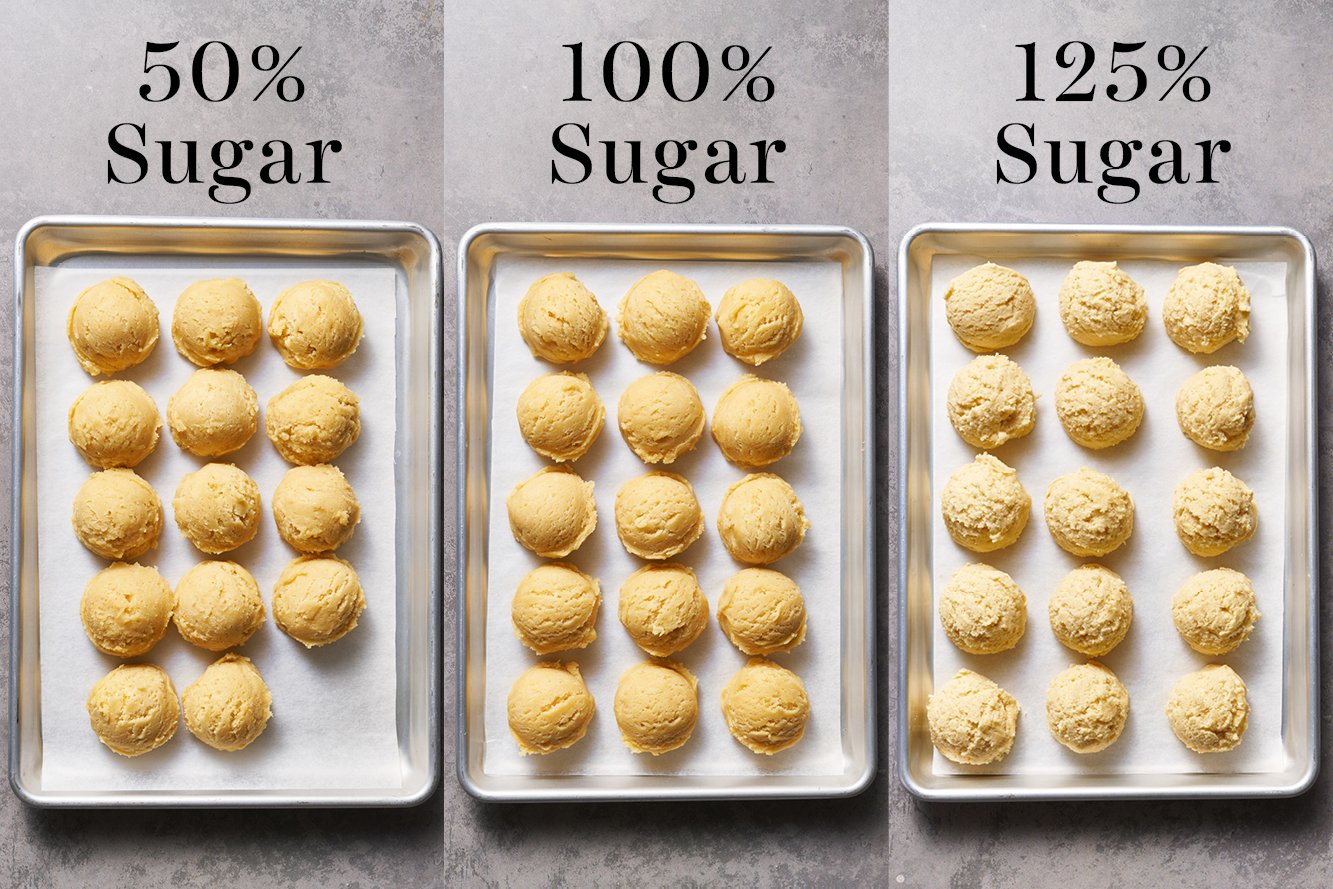

What happens if you increase the amount of sugar called for in cookies?
Conversely, when you increase the sugar in cookies, you’ll get cookies that spread more and have an ultra moist and chewy texture in addition to a sweeter flavor. The cookies in our experiment baked with 125% sugar as compared to the original control recipe were almost candy-like in their chewiness and sweetness, which some of our testers preferred!
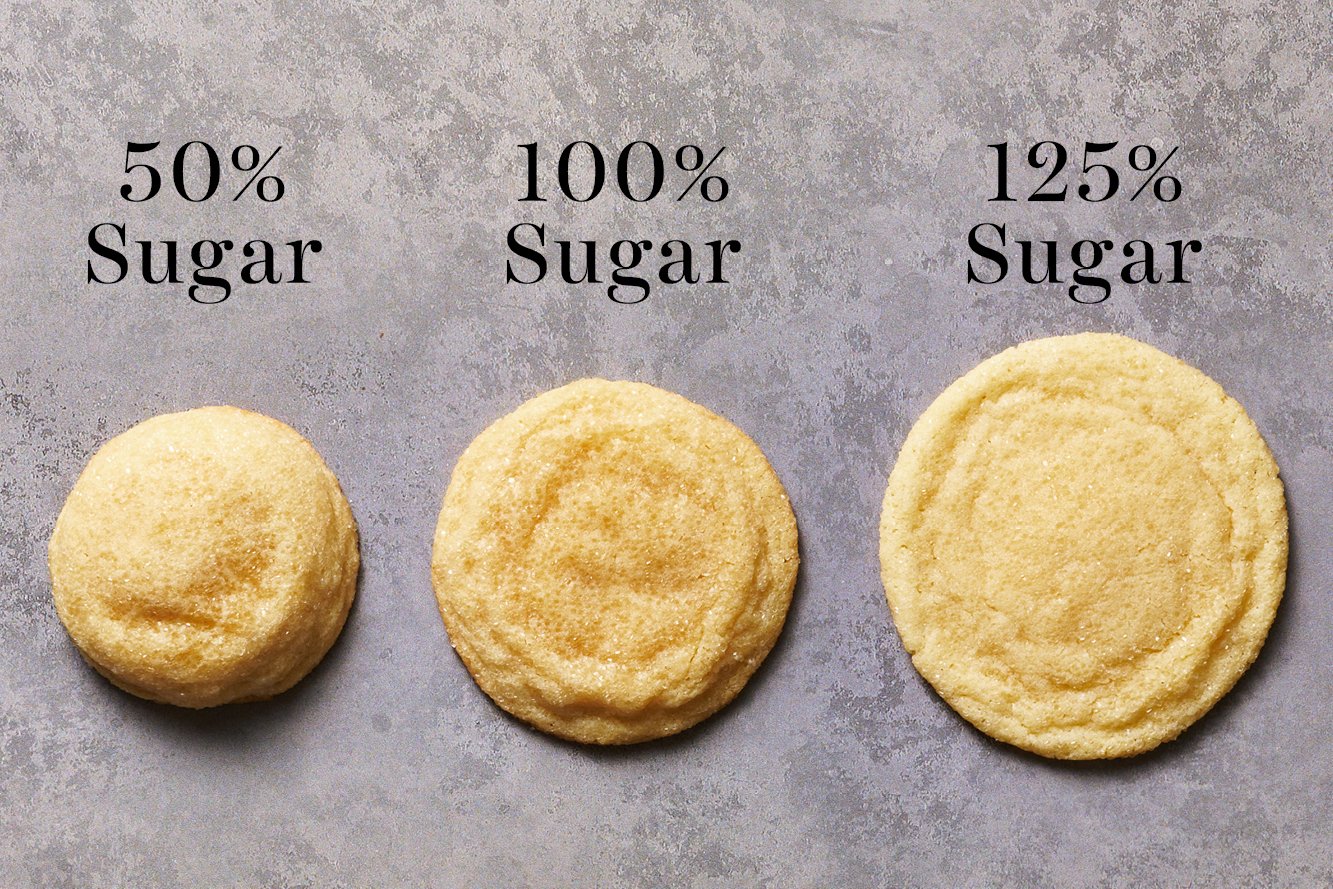
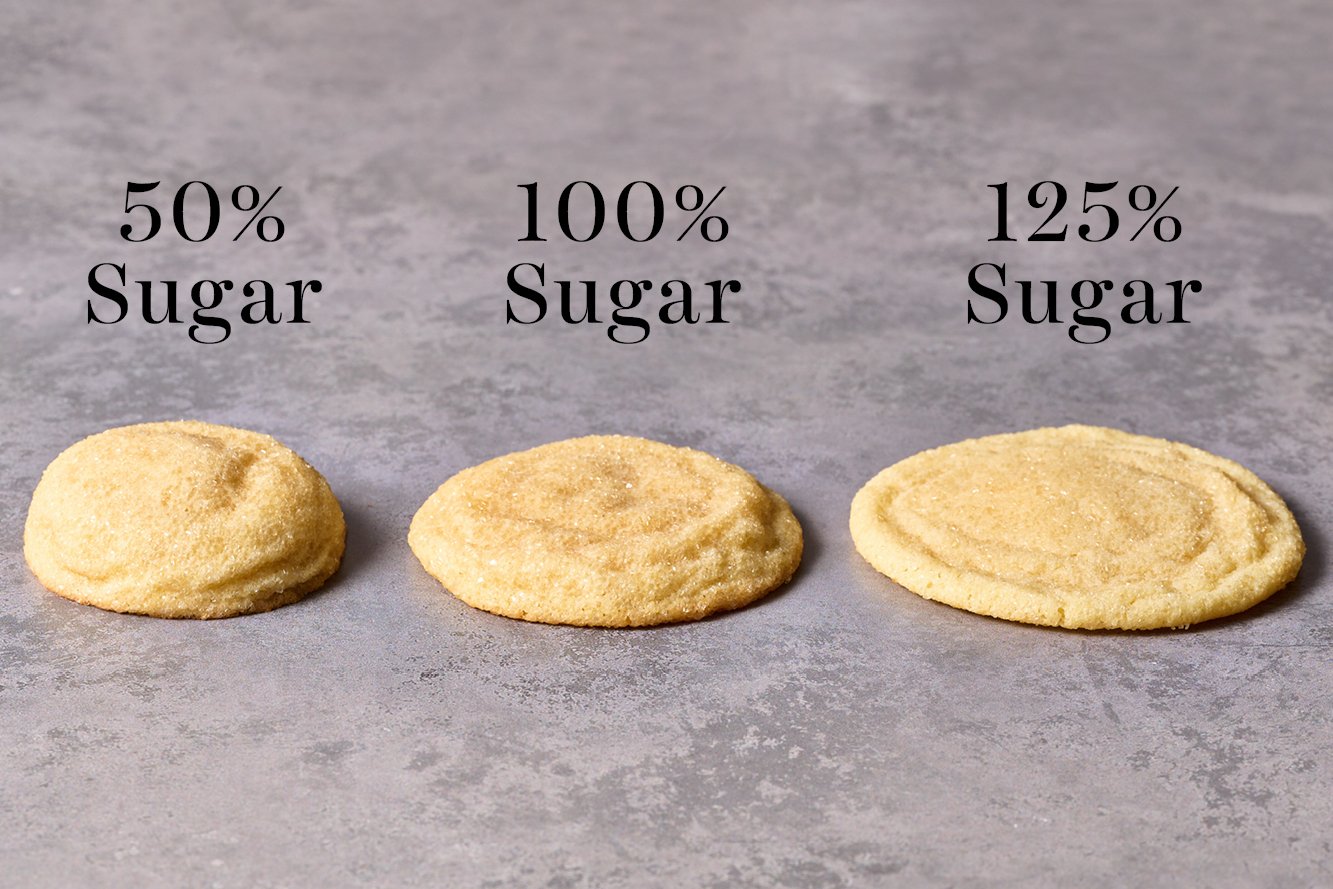
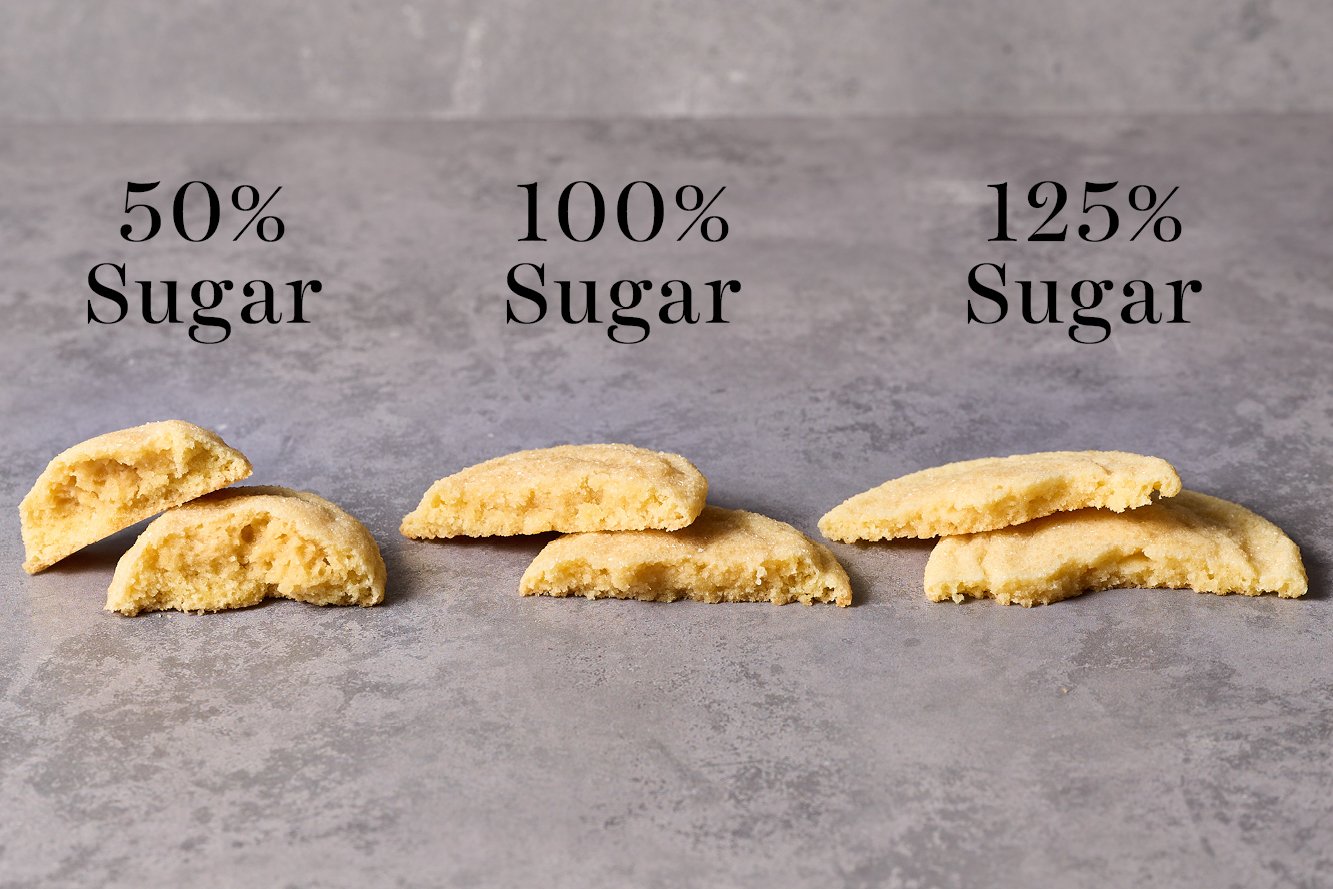
Sugar is so essential to many baking recipes! I almost never advise reducing the sugar in a recipe unless you’re willing to alter the taste, texture, and appearance. If you find your baking is just too sweet, it may be that you need to add more salt or use the right kind of salt or balance with ingredients that lend bitterness or acidity.
Have you ever experimented with reducing the sugar in baking? What was the end result?
If you’re interested in learning more about the science of cookie baking, grab a copy of my top selling cookbook The Ultimate Cookie Handbook. In addition to containing 50 of my best cookie recipes, the entire first section of the book is dedicated to the VISUAL science of baking!! It’s a culinary school education and cookie bible all in one. Order your cookbook HERE!
More Science of Baking Articles:
Recipes You’ll Love:
About Tessa...
I share trusted baking recipes your friends will LOVE alongside insights into the science of sweets. I'm a professionally trained chef, cookbook author, and cookie queen. I love to write about all things sweet, carb-y, and homemade. I live in Phoenix, Arizona (hence the blog name!)
Leave a Comment & Rating
Add a Review or Question
© Handle the Heat - handletheheat.com
Join the Handle the Heat Community
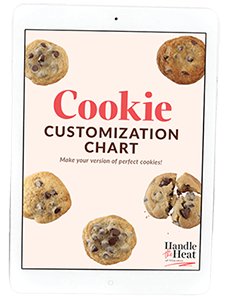
Instead of digging through cookbooks and magazines and searching the internet for amazing recipes, subscribe to Handle the Heat to receive new recipe posts delivered straight to your email inbox. You’ll get all the latest recipes, videos, kitchen tips and tricks AND my *free* Cookie Customization Guide (because I am the Cookie Queen)!

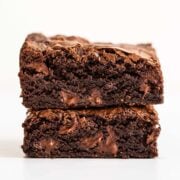
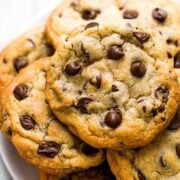
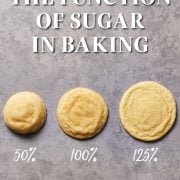
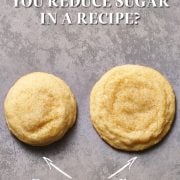
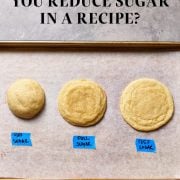
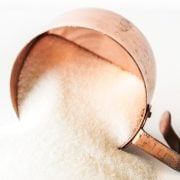



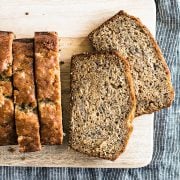
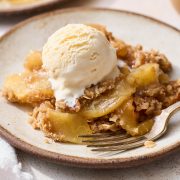
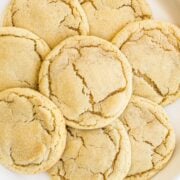
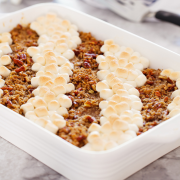

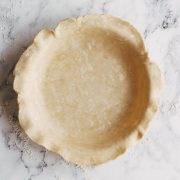
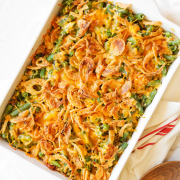
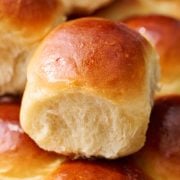
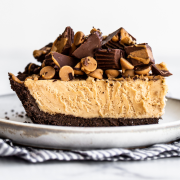

Thanks for the quick education on the effects of sugar in baking. I actually really appreciated it! I came here from your pumpkin choc chip cookie page. I have been doing more baking and enjoying it for the last 8-9 years. It is relaxing. So learning about sugar in baking was quite interesting and was not really something I gave much thought to until you stated it does more than just add sweetness. So thank you my dear! Once I make the pumpkin cookies I will come back to your site and give you the 5 stars it likely will deserve. Lol
So glad you enjoyed Tessa’s sugar breakdown, Jennifer! We hope you enjoyed your cookies 🙂
Such an interesting article! I try to keep my sugar content as close to 5g per serving or lower( which makes most sweet treats difficult. I have learned that I can cut sugar by 25-30% without too much problem but the magic trick is to replace the quantity with and equivalent amount of liquid eg milk. This makes up for the lost moisture so helps to keep the texture good.
When I bake I usually decrease the sugar by 25% and typically have good results. I prefer the taste of less sweet baked goods and a reduction of that size doesn’t usually make much impact on texture.
This was fascinating to read. For cookies that I find too sweet, I just don’t pack the brown sugar. I haven’t had any problems with them drying out or being crumbly. But this really makes me want to do some experimenting. Thanks for such an interesting read.
The “less sugar” cookies appear close to the texture in Archway Bells & Stars I’ve been searching for years & love.Theirs are crispy, yet tender & buttery. Are these still buttery? Also have you ever used nonfat dry milk in cookie baking? I do have your Ultimate Cookie handbook. Thank you for any advice.
Hi Kelli! The cookies we performed these experiments on (control recipe here) are a little buttery, but I wouldn’t categorize them as a super buttery cookie to begin with – let alone once you reduce the sugar. As Tessa describes in the article above, the cookies made with less sugar resulted in cookies that were harder, drier, crumblier, with far less spread. I’m not personally familiar with the cookies you’re describing, but it sounds closer to a buttery shortbread, so I’d recommend doing some research for cookies along those lines. We also have not done much experimentation with nonfat dry milk in baking, but if you have any specific questions, we might still be able to help! I’m so glad you love Tessa’s cookbook! Happy baking 🙂
Reducing the sugar was the only way I could get my oatmeal/raisin cookies from getting too flat.
Hi Richard! If that’s working for you, great! I would recommend checking out Tessa’s article about how to achieve thick cookies for some more tips, so you can hopefully leave the sugar content a little higher and maintain all the benefits Tessa outlined in the article above 🙂 Hope that helps! Happy baking!
Tessa, I have enjoyed reading/baking your recipes! I love how you explain why ingredients act the way they do, without being too scientific. Your knowledge astounds me. I always look forward to your e-mails!